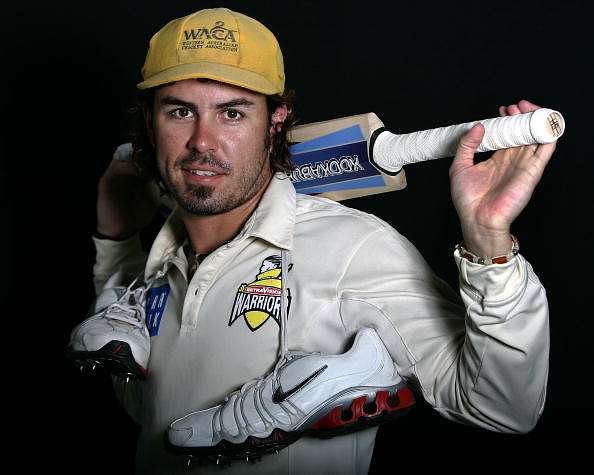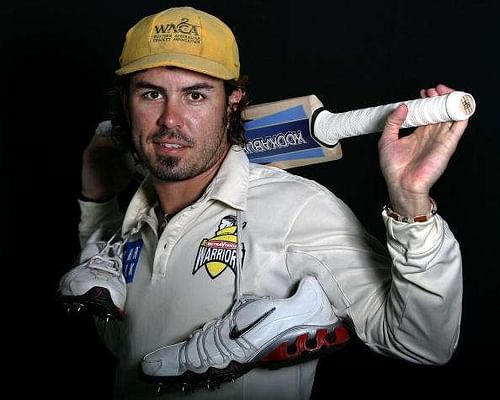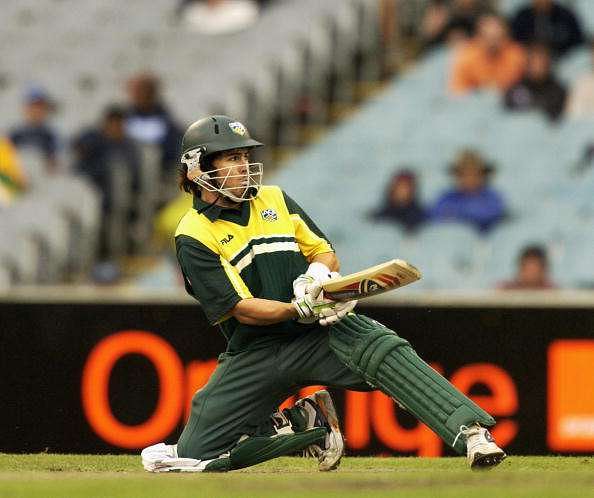
Ryan Campbell: An international cricketer's journey from Australia to Hong Kong

Joining a bulging list of International cricketers who shifted countries to play for another team, Ryan Campbell, a former Australian cricketer, has joined the Hong Kong team for the World T20. Recently, the likes of Geraint Jones and Roelof van der Merwe have changed nationalities to prolong their international careers. In the past, Ed Joyce, Dirk Nannes and Boyd Rankin have changed nationalities and played top-level T20 cricket.
A certain Adam Gilchrist kept him at bay, right from their days at Western Australia, where Campbell was named his replacement. Campbell made his first-class debut in the 1994/95 season and went on to play 98 games, but his international career was limited to only two ODIs.
He made way for Luke Ronchi in the 2006 season and went into wilderness post a solitary season for the Ahmedabad Rockets in the unsanctioned Indian Cricket League. He started off on a great note in the ICL, scoring a 51 ball-92 in only his third game of the tournament. Incidentally, Ronchi himself shifted countries and now plays for New Zealand.

His tryst with Hong Kong cricket dates back to 1997 when he first played in the Hong Kong Cricket Sixes. The six-a-side tournament is held at the Kowloon Cricket Club, a club which Campbell eventually coached in 2012. He became a player-cum-coach there, after permanently moving to the country. It is here that his ties with Cricket revived, ultimately leading to an unexpected return to the game.
The last time he played International cricket was fourteen years ago. He made his debut in Australian colors in January 2002, opening the batting in the company of Mark Waugh. He scored 38 runs in 52 balls before he was snared by Daniel Vettori. Along with Jimmy Maher, Brad Haddin and Adam Gilchrist, Campbell was chosen as the fourth wicket-keeper in Australia’s preliminary squad for the 2003 World Cup in South Africa.
Despite being Western Australia’s first choice keeper till 2006, Campbell couldn’t force his way into the national team because of the presence of Gilchrist. His golden run in domestic cricket culminated in the 99-00 season, where he scored 885 runs from 10 matches in the Pura Cup and was the highest run getter for Western Australia. That season, he also scored both his career best first-class and List A scores against Queensland.
Before Tillakaratne Dilshan made the Dilscoop famous, Campbell had enacted the “ramp-shot” to devastating effect, in the early 2000s. Before unleashing the shot against Victoria in a one-day game, Campbell had never ever practiced the shot but had the idea at the back of his head. He scored two boundaries off Ian Harvey and started the trend thereafter.
Playing for Australia A, he played similar shots against a touring Sri Lankan side, to amazingly good effect. Douglas Marillier of Zimbabwe started playing the shot at the same time too, so the credit of inventing the shot is still under debate.

His second innings as an International player will take flight in the upcoming World T20, where he will play the dual role of a player and coach, and will add much-needed experience to an inexperienced squad. He is of Hong Kong Chinese lineage and settled in Hong Kong in 2012 where he met his would-be wife
Currently, Hong Kong are ranked 12th in the T20 rankings. Campbell is the head coach of Kowloon Cricket Club, apart from being the batting coach of the Hong Kong cricket team since 2012. He also believes that Brad Hogg, his former Western Australian teammate, has been a major source of inspiration. Hogg is still going strong as a top-level cricketer at the age of 44.
If Campbell can reprise the role of the hard-hitting opening batsman that helped him score eleven centuries for Western Australia, then Hong Kong can churn up some surprises for Zimbabwe, Scotland and Afghanistan, the other teams which are vying for a Super 10 slot.